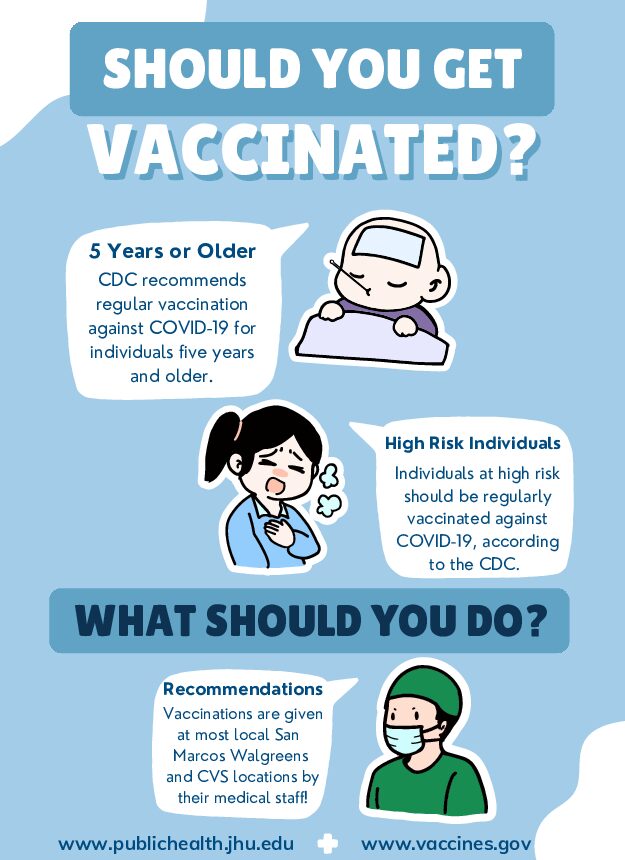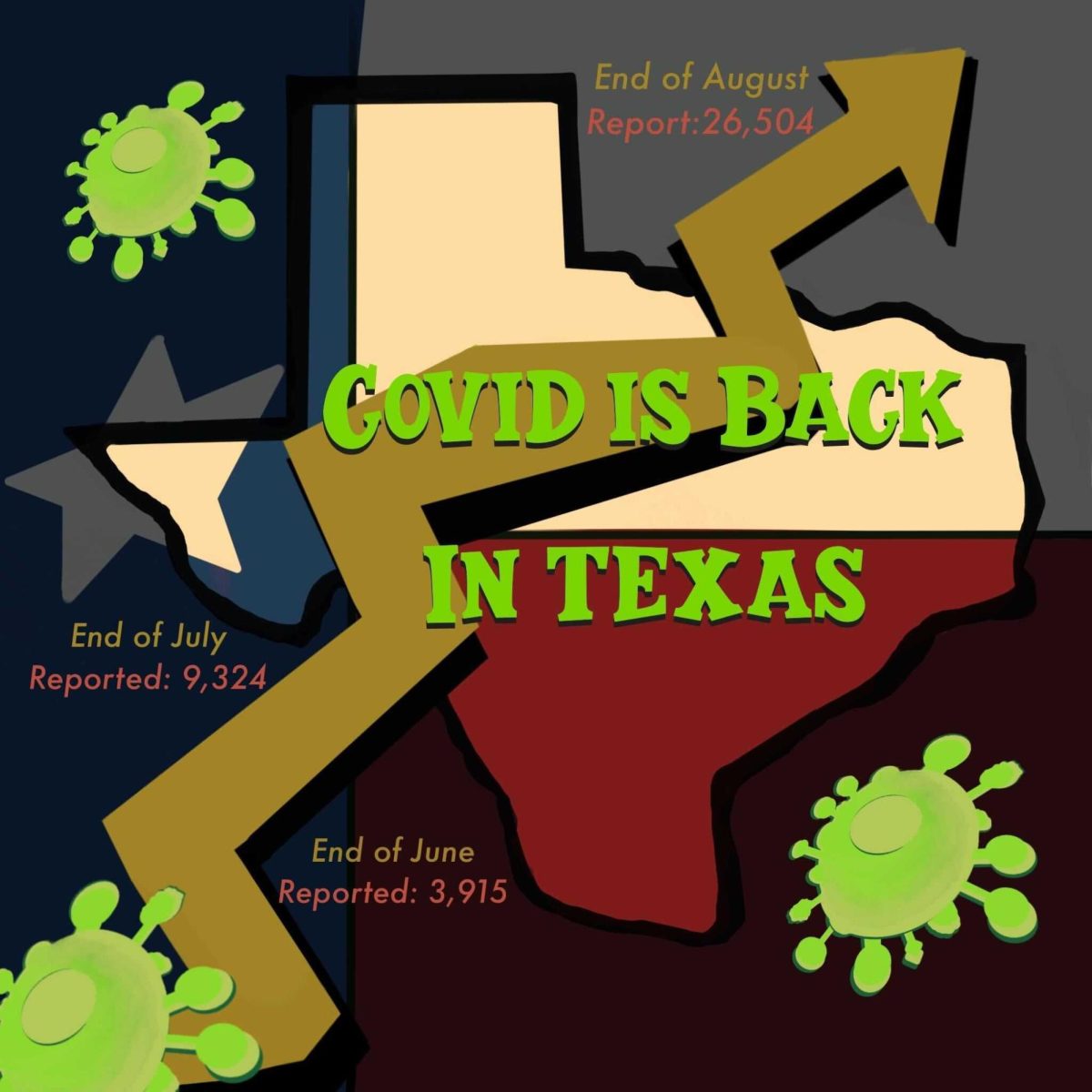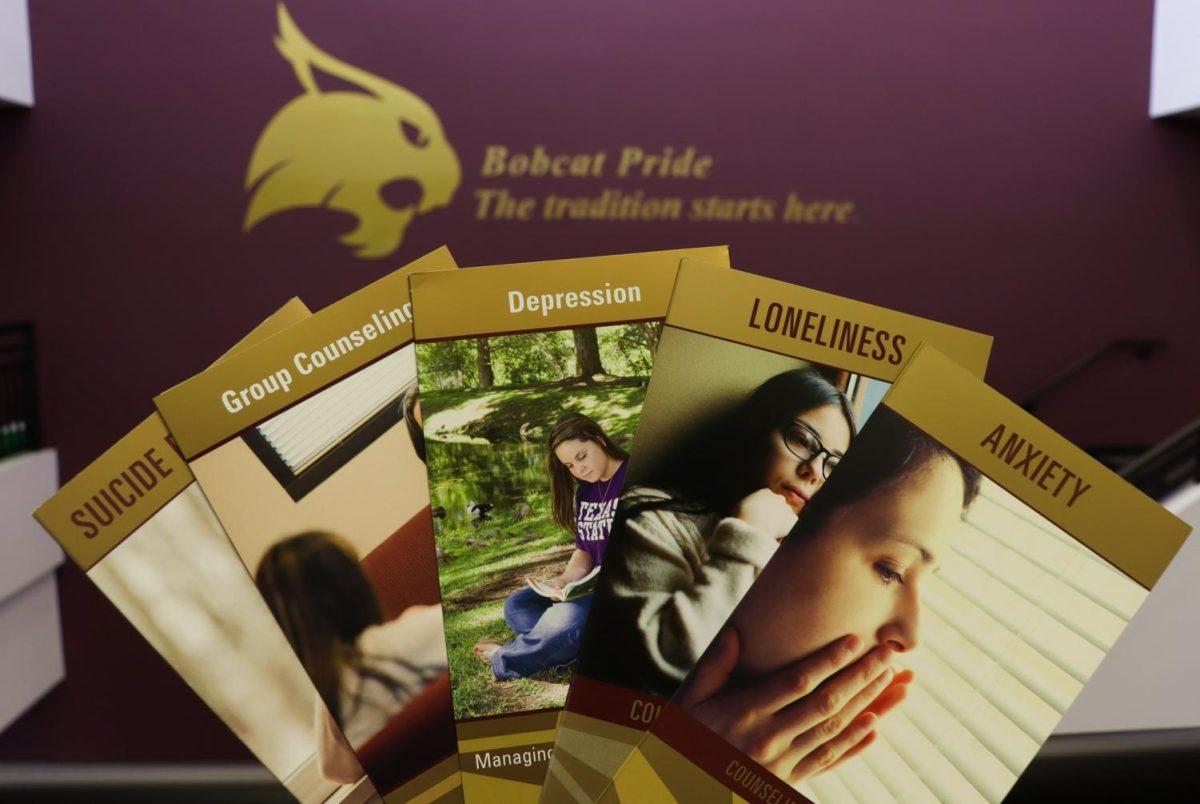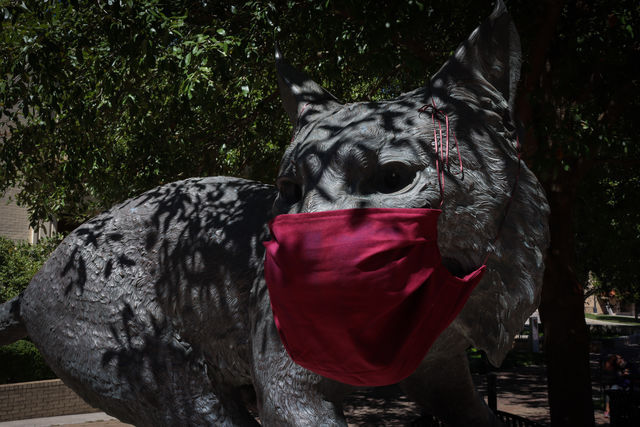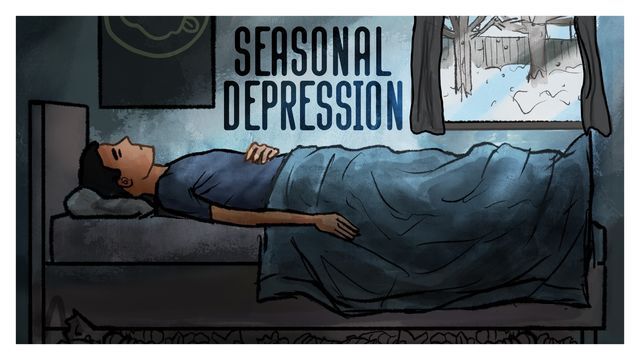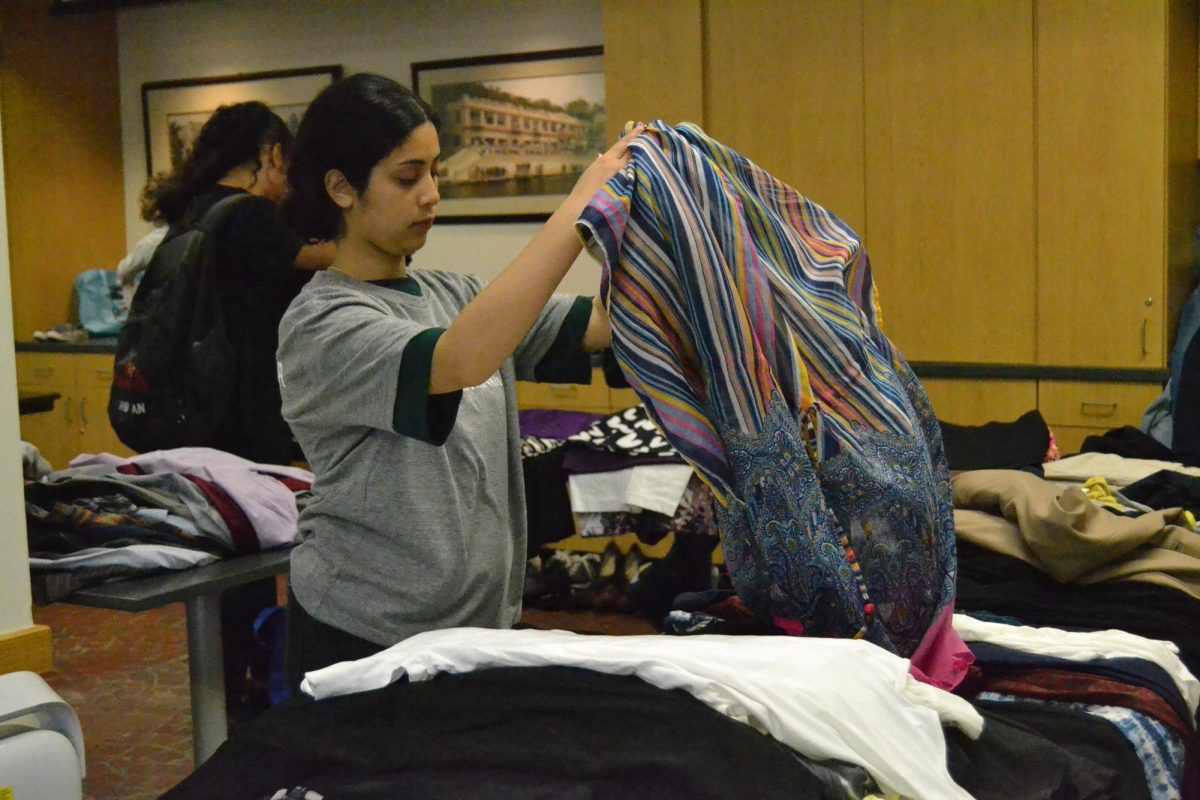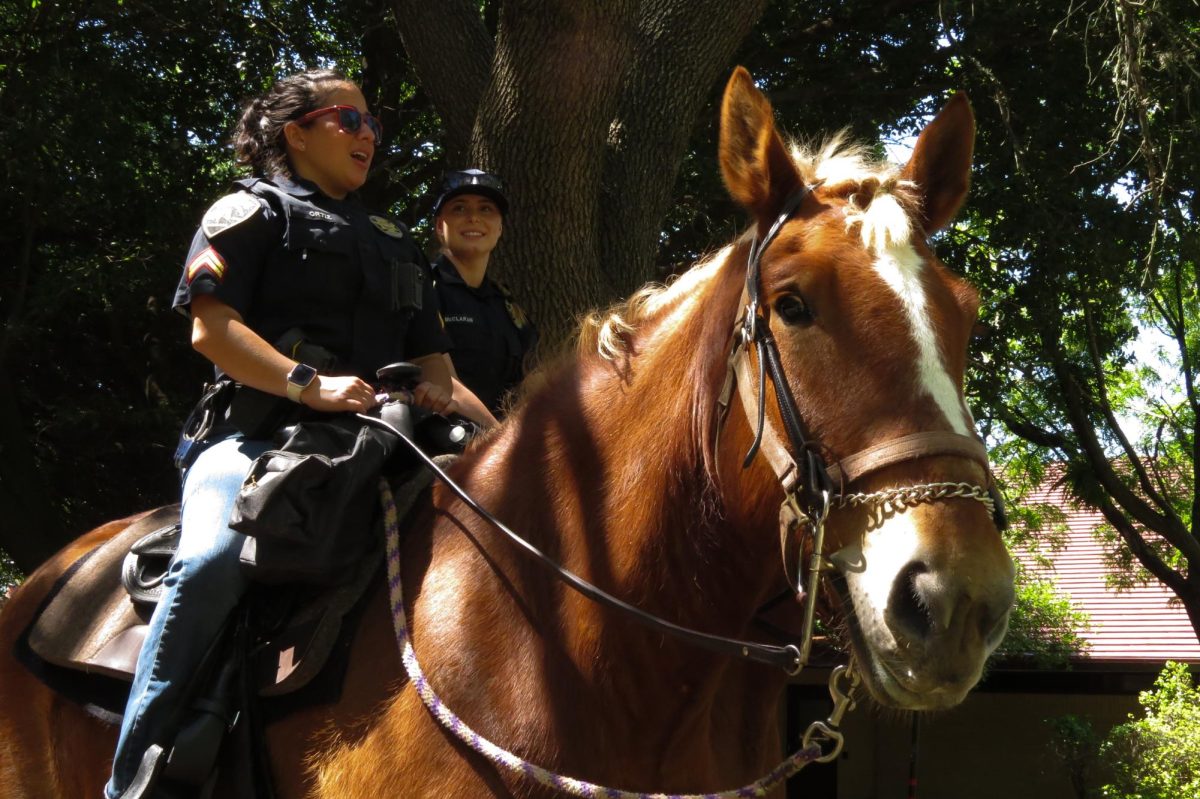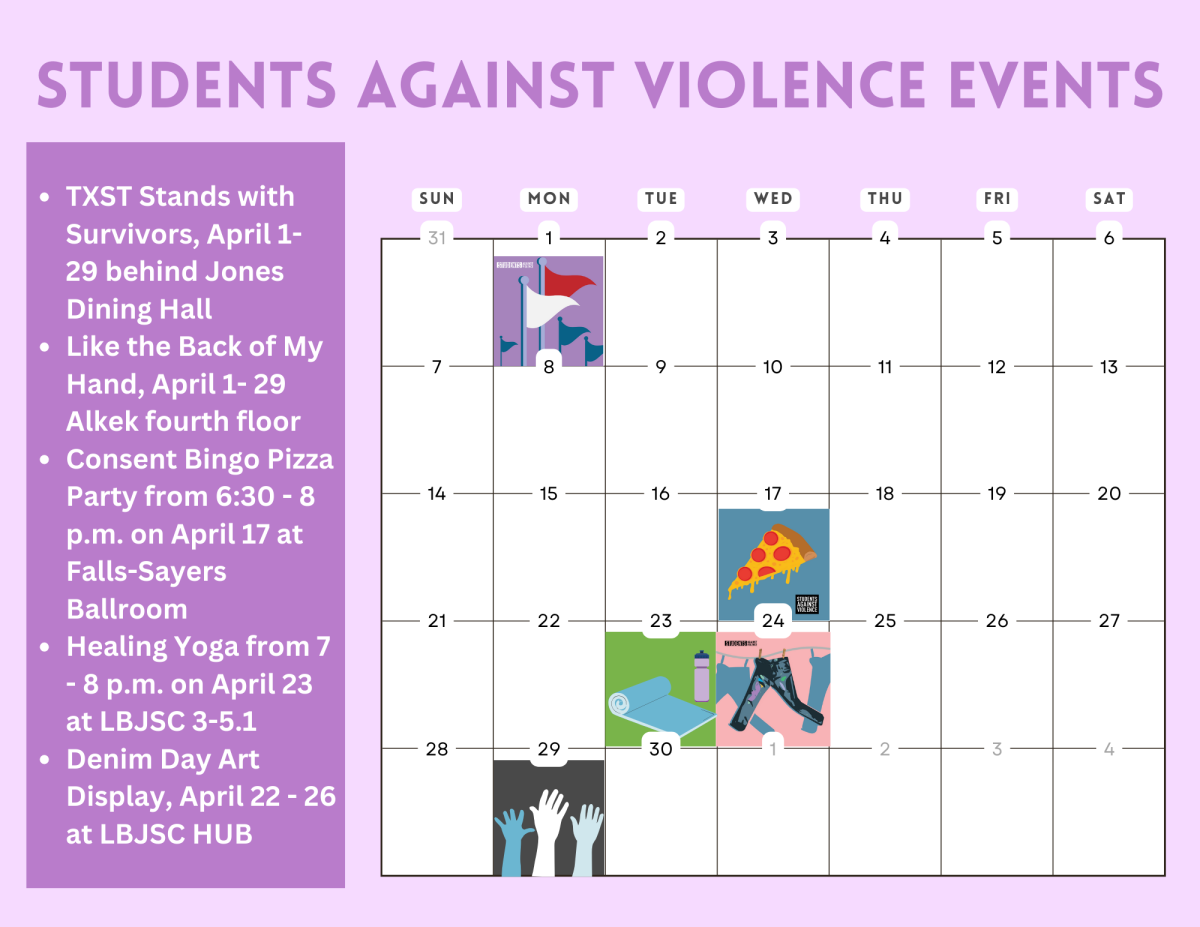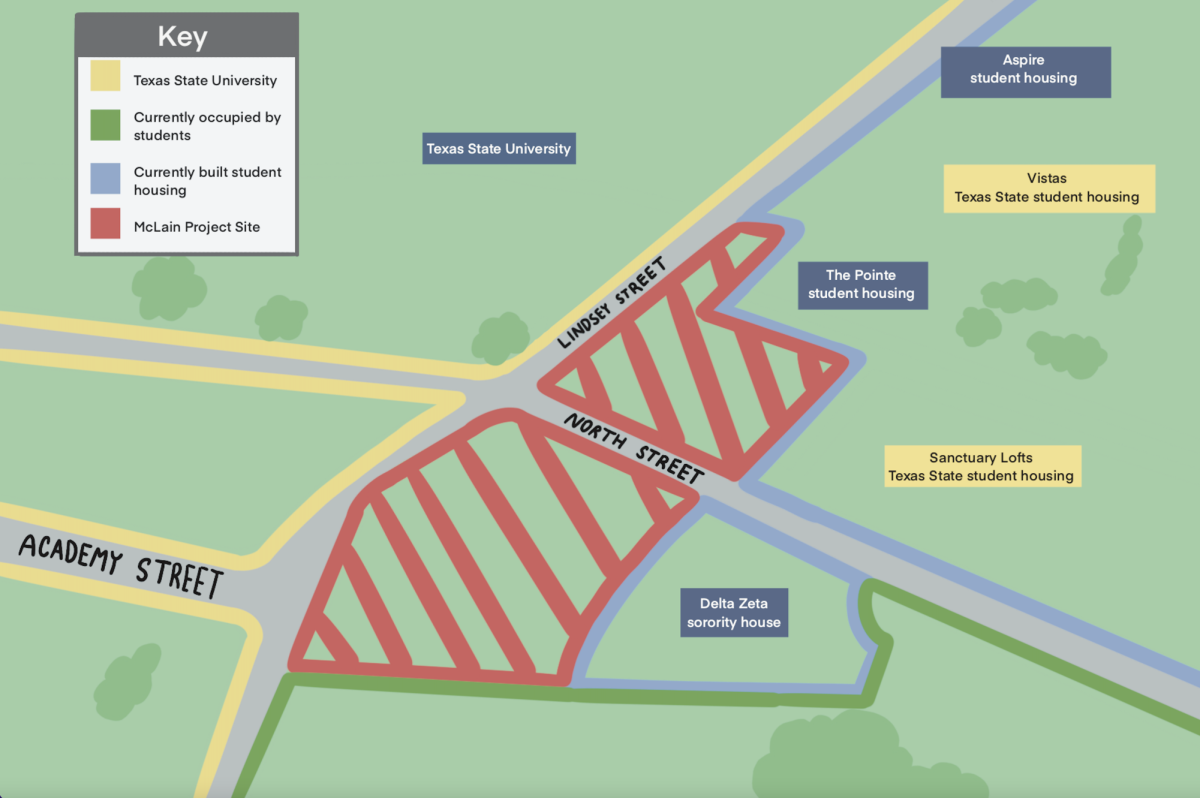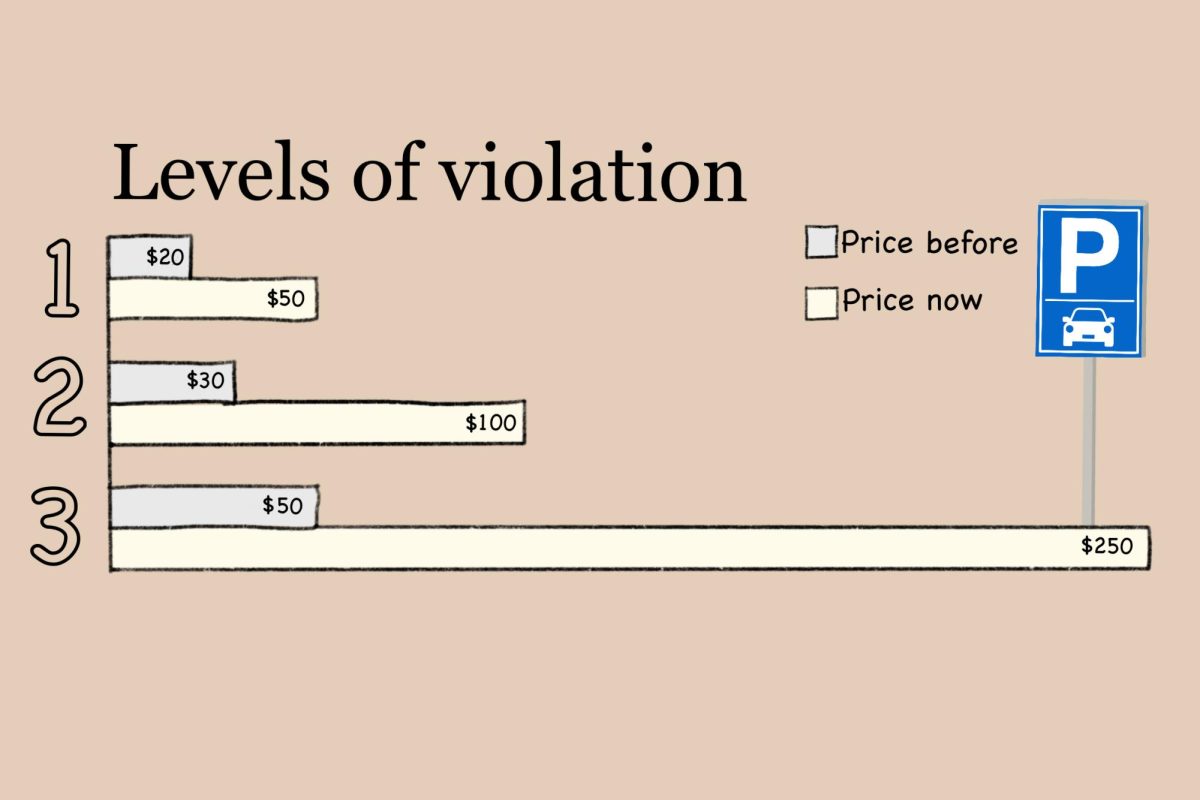As Texas State prepares to welcome back students, faculty and staff members this fall for in-person classes, some instructors are wary of the return to face-to-face instruction.
On July 22, Faculty Senate released results from a series of surveys polling faculty responses to the university’s Roadmap to Return, a set of guidelines designed to update the Texas State community on COVID-19-related information and resources.
Faculty members surveyed were asked how strongly they agree or disagree with the university’s plan to return to face-to-face instruction, and an overwhelming majority (46.41%) said they strongly disagreed with it.
However, when asked to rate their level of trust in university officials to make decisions regarding budget cuts, campus safety, research, teaching and more, the majority of faculty members (30.43%) in the survey said they have some trust.
The survey results come as the university community is preparing to take on a new normal, one with mandated face masks and requirements for social distancing around campus. The adjustments have been challenging for some educators such as Dr. Beth Bernstein, a Spanish lecturer, who believes teaching a foreign language with a mask will make it more difficult for students to effectively learn a new language.
“With the mask on you cannot see expressions on my face, it is muffled and [expressions are] so important to be able to read people,” Bernstein said. “On top of the fear and anxiety of possibly catching this deadly virus, you won’t be able to understand me through a mask if you’re just starting to learn a language.”
Due to the obstacles face coverings present with learning languages, the World Languages and Literature department announced July 6 all foreign language classes this fall will be online. Bernstein says she is grateful for the change and feels lecturing through Zoom is the best way to safely interact and communicate with her students.
Bernstein is one of the few professors who will continue online teaching without fear of contracting COVID-19. Other professors like Matthew Clement, a sociology assistant professor who teaches nearly 100 students per a statistics class, may not have that same opportunity.
When the curriculum moved online in the spring, Clement, who thrives off face-to-face interaction with his students, struggled to adjust to the format.
“The way that I like to teach [is] to have a more interactive style, so I can see what questions the students have in the classroom, and that became kind of harder to do moving online,” Clement said. “It wasn’t set up in a synchronous kind of teaching style.”
As of now, Clement is scheduled to teach in-person classes for the fall with only 50 students allowed in the classroom at one time. Clement mentioned that while presence is key to a statistics class, he is willing to adjust his teaching style to accommodate his students.
“I think public health is the most important thing,” Clement said. “If the public health experts say it’s okay to be in the classroom, we should be in the classroom; if they say it’s not okay to be in the classroom, then we should be online.”
In May, Texas State faculty members signed a letter to administrators stating their concerns about returning to face-to-face instruction. Dr. Amy Meeks, a senior lecturer in psychology, is one of 95 faculty members who believe they have been underrepresented in the university’s decision-making process for reopening.
Meeks says since she believes the administration did not utilize the ideas from the various faculty committees and meetings she was a part of, she felt the need to sign the letter to justify her concerns.
“We had given really good ideas, we had said a lot of very logical statements, and Texas State was already coming out with directives and none of our input had been utilized,” Meeks said. “And so, at that point, I felt like the upper-administration as diligent as they were on their end, they weren’t really incorporating what we were saying.”
Meeks has taught at Texas State for 17 years, and like other professors, spring was the first time she ever taught online. Although she says she prefers in-person classes, like others, she believes online instruction is the best way to keep both her and her students safe.
Dr. Gail Dickison, a curriculum and instruction professor, says it is a trade-off when it comes to the effectiveness of in-person courses. When Dickison taught in-person, her students had only two opportunities to interact with children due to scheduling conflicts. Now that courses are remote, Zoom has made this aspect of her course curriculum much easier.
“My summer students were able to interact with kids nearly every day [because of Zoom], so they were able to [have that] experience for the first time and see how the children responded to the model lessons they were doing,” Dickinson said. “Several students thanked me for arranging to have children come to class. I think they thought that their teaching time was valuable”.
Professors like Dickinson had previous experience managing online courses, but for other professors like Dr. Brian Cooper, that was not the case.
While Cooper says it was difficult figuring out the nuances of software and ensuring his students had a number of options for accessing lecture materials, he thinks the trouble might have been worth it in the long-run.
“I forced myself to learn a new method of delivery that if I had not been forced to, I wouldn’t have done it on my own,” Cooper said. “I’m glad that I have that skill set now and that, in some way, we had the experience that we did in the middle of the spring semester because now we know what to do in the future if something like this would ever happen again.”
Dr. Jessica Pliley, a history professor, says while the university has provided helpful resources to aid faculty in the online transition, the limited time to prepare has resulted in extensive labor resulting in less time for research and less opportunity for faculty tenure.
“There’s just not enough time to get everything prepared quickly enough,” Pliley said. “The amount of labor that the faculty are having to do when most of the time we’re not getting paid. We are in 9-12 months of contracts. Many of our faculty are also required to do research, and they use the summertime for that. Now they are not able to complete it, which means they don’t get tenure or the protection the job offers.”
Details on the administration’s plan to safely resume campus activity is available in Texas State’s Roadmap to Return.
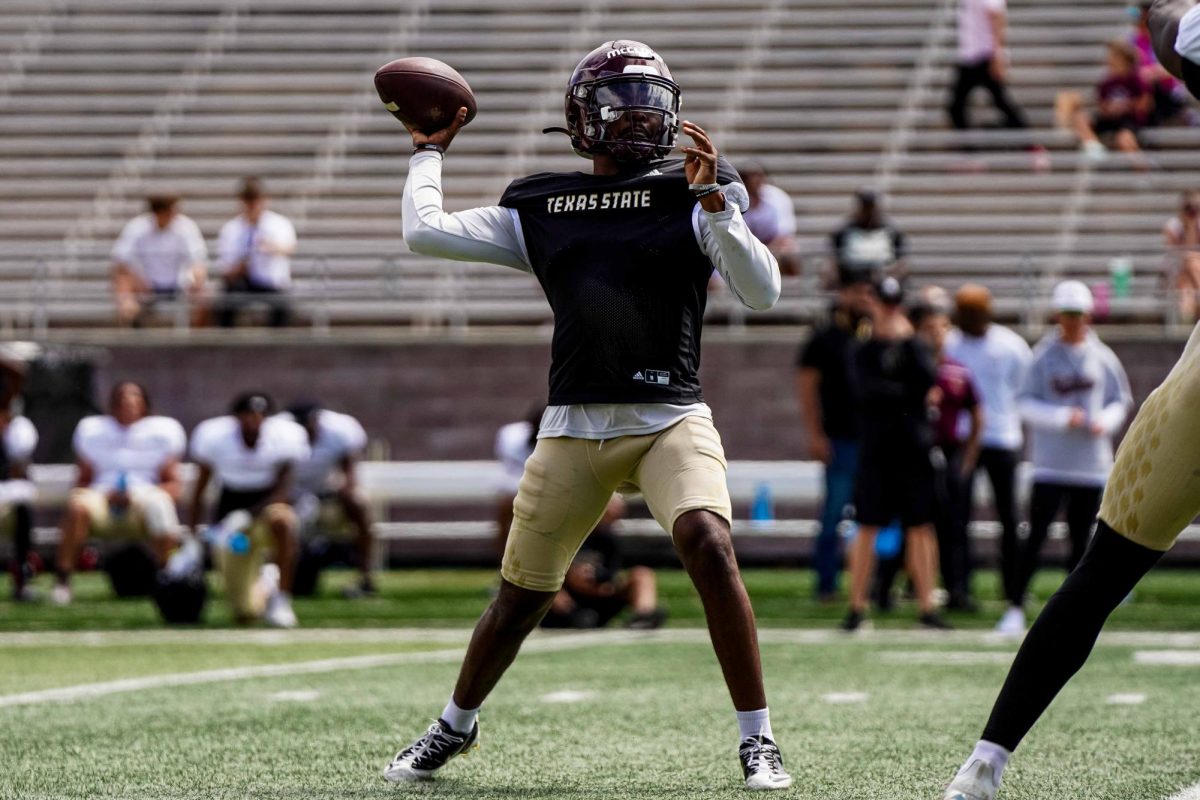
April 25, 2024
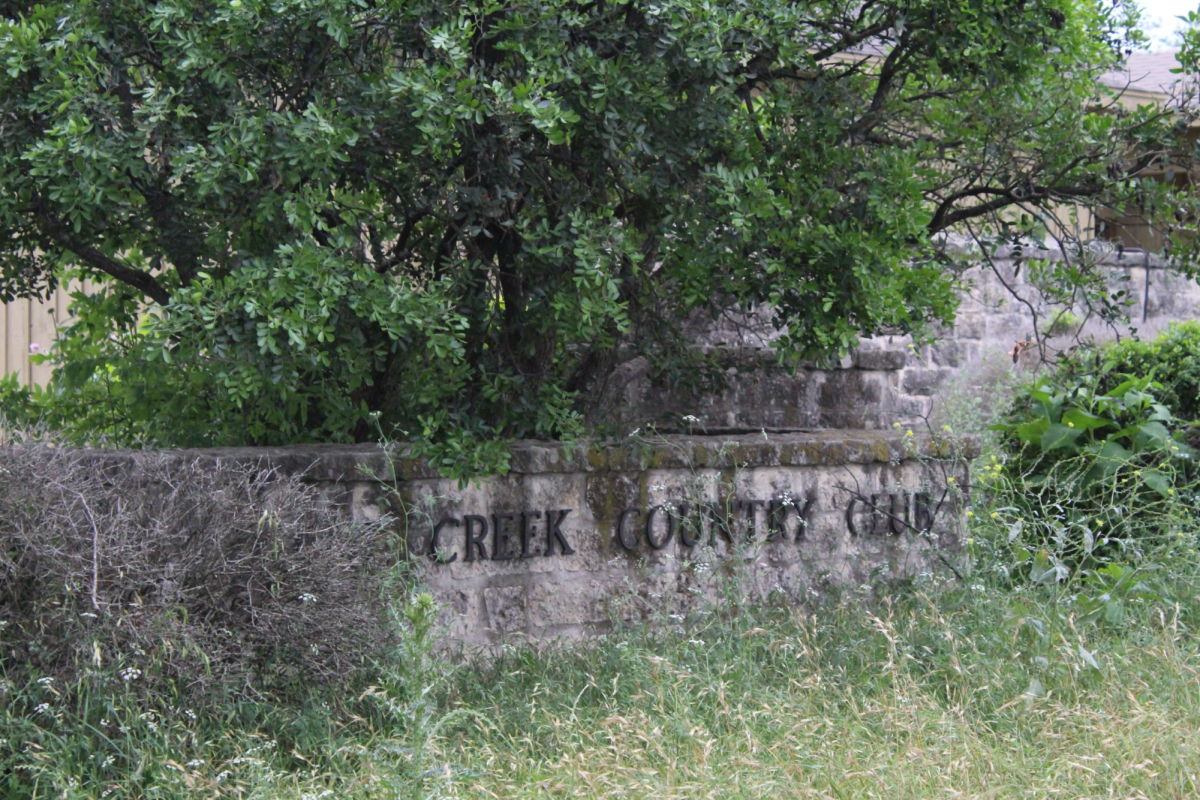
April 25, 2024
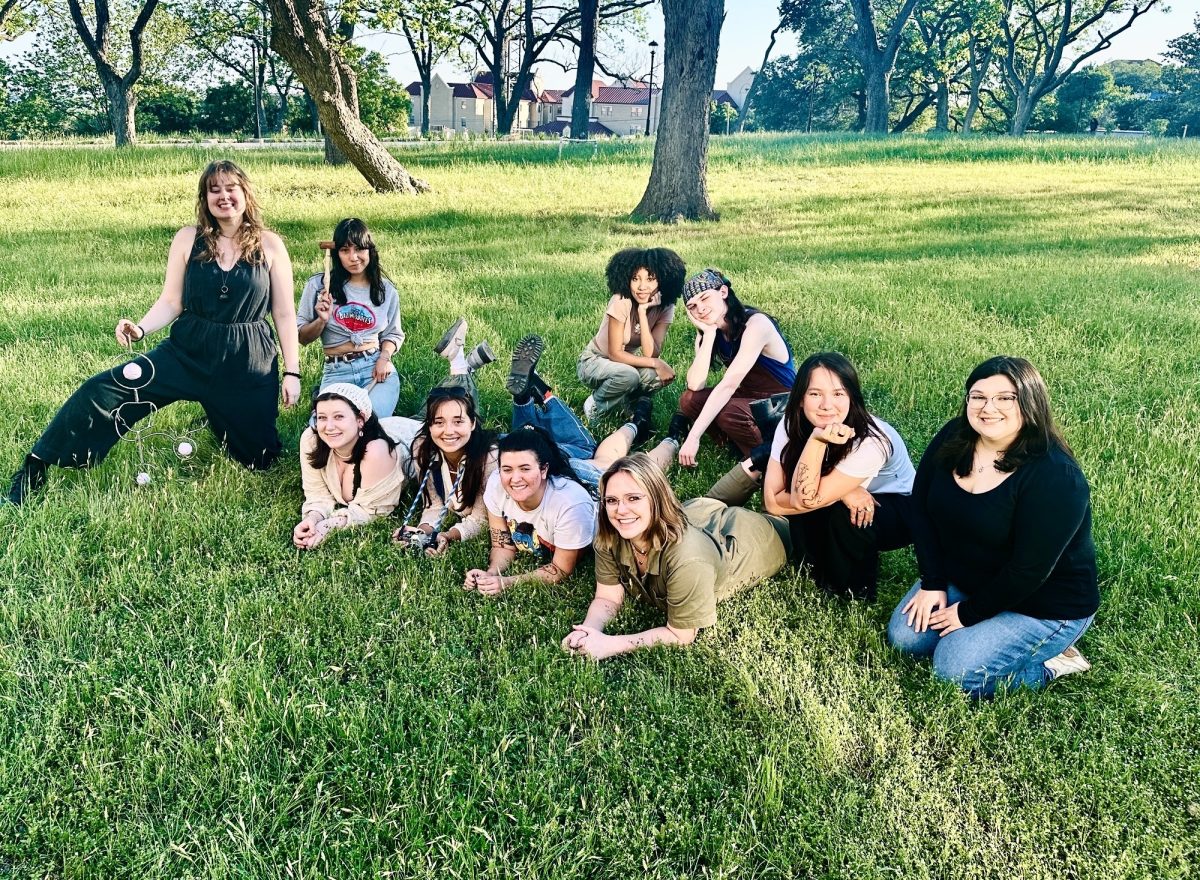
April 25, 2024

April 25, 2024

April 24, 2024
Texas State faculty weigh challenges of return to face-to-face instruction
July 23, 2020
By Alondra Vasquez
Texas State faculty members were surveyed on how strongly they agree or disagree with the university’s plan to return to face-to-face instruction, and an overwhelming majority of those that responded say they strongly disagree with the decision.
Donate to The University Star
Your donation will support the student journalists of Texas State University. Your contribution will allow us to purchase equipment and cover our annual website hosting costs.
More to Discover
SECTIONS
SERVICES
CONTACT INFORMATION
universitystar.com
601 University Drive
San Marcos, TX 78666
Phone: 512-245-3487
Email: [email protected]
601 University Drive
San Marcos, TX 78666
Phone: 512-245-3487
Email: [email protected]
© Copyright 2024 The University Star 601 University Drive, San Marcos, TX | Privacy Policy
© Copyright 2024 The University Star 601 University Drive, San Marcos, TX | Privacy Policy



